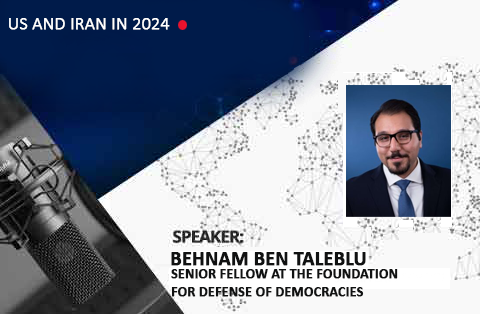|
The New, New Middle East, by Duncan Currie, The Weekly Standard, January, 29, 2007
How the Iranian Axis Has Divided the Region.
- By SPME
- February 2, 2007
The New, New Middle East, by Duncan Currie, The Weekly Standard, January, 29, 2007
How the Iranian Axis Has Divided the Region.
- Posted In:
- Latest News on BDS
- Letters from our Readers
AUTHOR
SPME
Scholars for Peace in the Middle East (SPME) is not-for-profit [501 (C) (3)], grass-roots community of scholars who have united to promote honest, fact-based, and civil discourse, especially in regard to Middle East issues. We believe that ethnic, national, and religious hatreds, including anti-Semitism and anti-Israelism, have no place in our institutions, disciplines, and communities. We employ academic means to address these issues.



